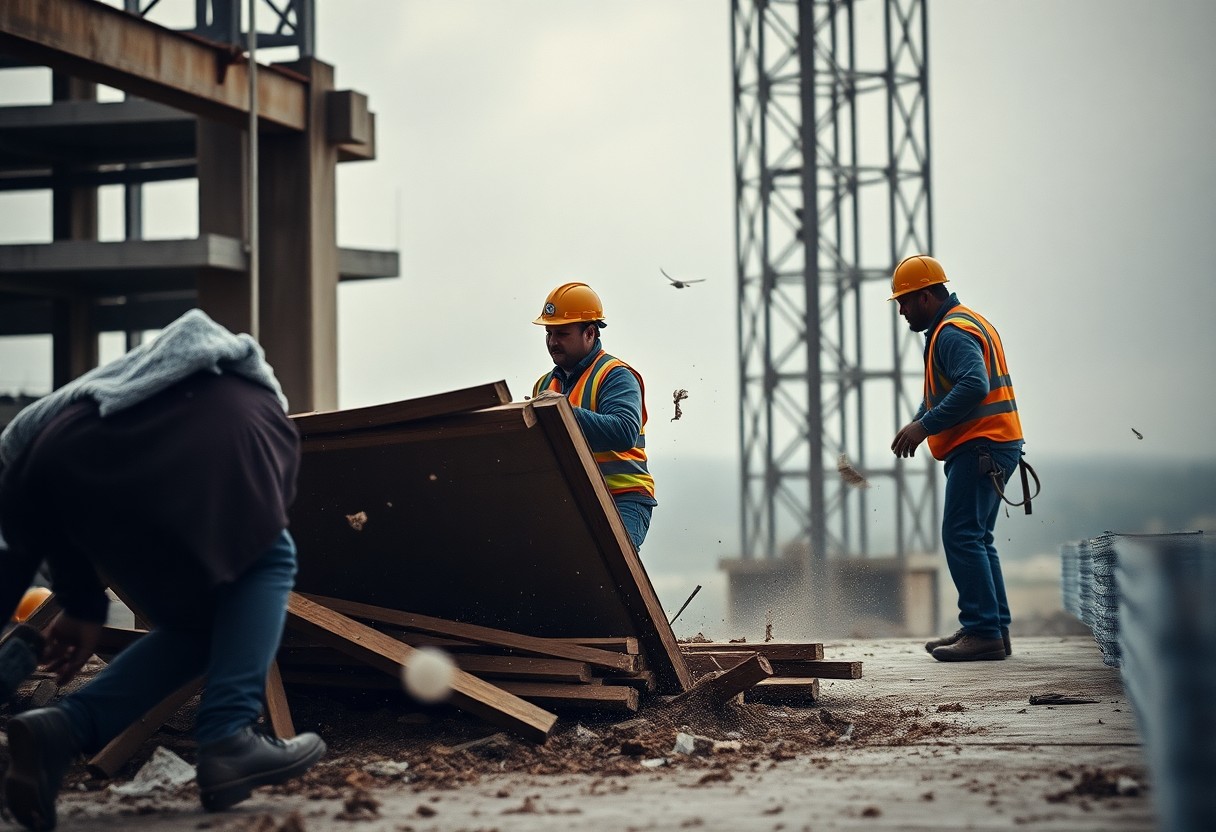Materials that are left unsecured during high wind conditions pose significant risks to you and those around you. Wind can easily transform loose items on a job site, yard, or construction area into dangerous projectiles. It’s important for you to take preventative measures to protect both your resources and your team when facing gusty weather.
One of the first steps you should take is to conduct a thorough assessment of your work site before high winds are forecasted. Identify materials that can be easily moved by wind, such as plywood, metal sheets, scaffolding, and any loose equipment. Creating a checklist of these materials can help you ensure nothing is overlooked.
Once you have identified the materials that need securing, it’s time to implement strategies to mitigate the risks. For lightweight items, you might consider using weight or anchor systems. For instance, placing heavy objects on top of lighter materials or using sandbags can help prevent them from being lifted by strong gusts. Additionally, you should properly store smaller tools and equipment in designated lockboxes or storage units that can withstand strong winds.
For larger materials, such as scaffolding or construction trailers, ensure you brace them securely. This often involves using ties, racks, or blocks to anchor them in position. You may also want to temporarily take down any unsecured awnings, tarps, or canopies to avoid them turning into sails that catch the wind.
It’s necessary for you to also communicate with your team. Conduct a safety briefing to discuss the high wind forecast and the specific measures everyone should take. Encourage your coworkers to remain vigilant and report any materials that seem at risk of becoming dislodged or misaligned. When everyone is aware of the situation, your team can work together effectively to prevent accidents.
Additionally, keep in mind that high winds can impact your visibility as well. If conditions become too severe, do not hesitate to halt work until the winds subside. Your safety and the safety of your crew should always come first. Encourage your coworkers to check in with one another if challenging weather conditions arise; this can enhance overall situational awareness.
Now is a good time to review the company’s weather safety policy. Ensure you know the procedures to follow during inclement weather. Adequate training on these policies not only prepares you to handle high winds, but also fosters a safe workplace where everyone feels secure and confident.
Finally, after the winds have calmed, you should assess the site to determine if any damage has occurred. Addressing any concerns promptly can help avert further risks and keep the workplace safe, efficient, and organized.
In summation, during high winds, securing materials should be a top priority for you and your team. Taking the time to prepare and enforce safety protocols can effectively reduce the chances of accidents and injuries.

Leave a Reply